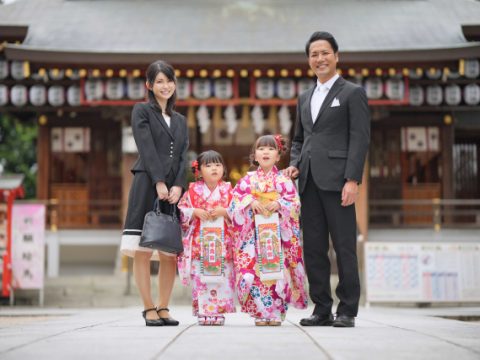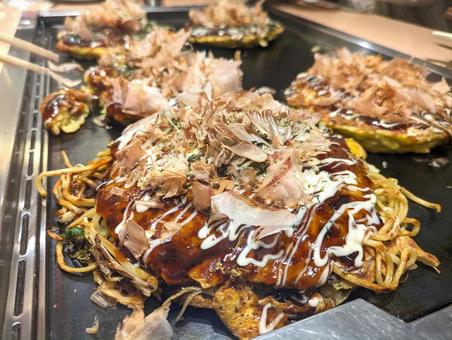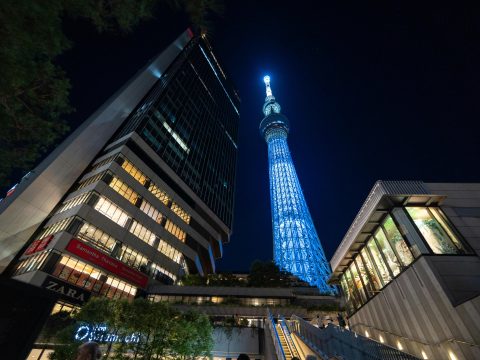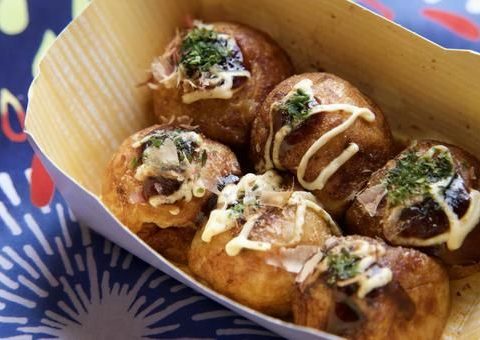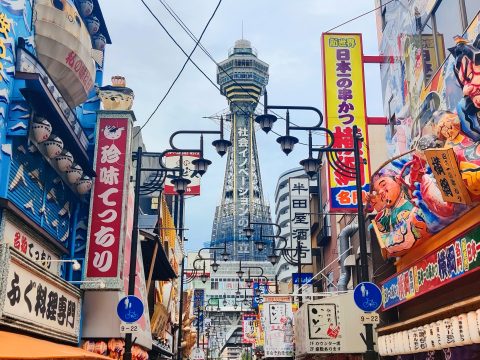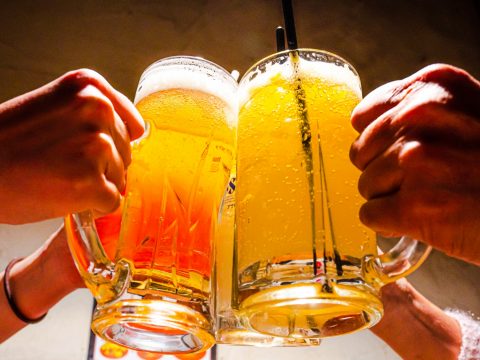Tsukimi (月見)
JAPANESE FOODS
25.10.2024
Tsukimi (月見), also known as Otsukimi (お月見), is a traditional Japanese festival that celebrates the autumn full moon. The festival takes place in September or October, depending on the lunar calendar, and is a time for people to admire the beauty of the full moon and give thanks for the harvest.
Home decorations for Tsukimi season
One of the key elements of the Tsukimi festival is to set up small altars with offerings of seasonal fruits, vegetables, crops and plants. Japanese pampas grass, known as Susuki, is commonly used as a decorative element during Tsukim. Since ancient times, Susuki has been considered a vessel for the gods, so the Susuki used during Tsukimi carries the meaning of protecting the harvest and wishing for a bountiful harvest in the following year. In some regions, the Susuki decorated for Tsukimi is not discarded; instead, it is placed in gardens or rice fields, or hung at eaves, as a tradition to protect the fields and homes from misfortunes.

Any special food for Tsukimi?
Another common offering is rice dumplings called Tsukimi dango. These offerings are made to show gratitude for the harvest and to pray for good fortune in the coming year. The Tsukimi dango is commonly stashed on top of each other in a pyramid shape, so the gratitude and prayers would reach the moon. The round shape and white color of the dango further emphasize the connection to the full moon. It is also common for people to share and consume Tsukimi dango to receive energy from the moon and gain health and happiness.

Modern Tsukimi with traditonal elements
In recent years, the Tsukimi festival has influenced the food service industry in Japan, with many restaurants offering limited-time Tsukimi specials. Popular items include Tsukimi burgers with sunny-side-up eggs to represent the full moon, noodles, rice dishes, and desserts. This trend reflects the modern adaptation of Tsukimi traditions and provides a convenient way for people to partake in the festival’s customs.

Overall, Tsukimi is a time for people in Japan to come together, appreciate the beauty of the full moon, and give thanks for the bountiful harvest. It is a cherished tradition that has been passed down for generations and continues to be an important part of Japanese culture.

Eri Palmer
Eri grew up in Japan. She came to U.S. as an international student, and decided to stay in the country. Cooking is one of her passions, and she loves to cook Japanese food for her children.
Read previous articles by the writer
Read latest articles
KEYWORDS
- # PICKPICK
- # Resume
- # alcohol
- # Rice
- # Soup
- # winter food
- # Fast Food
- # seafood
- # spicy foods
- # raw food
- # fermented food
- # Transportation
- # MEAT
- # Edo culture
- # suits
- # clothing
- # drink
- # fish
- # seasoning
- # Japanese New Years Foods
- # Toshikoshi soba
- # Osechi Ryori
- # Ozoni
- # Christmas
- # Japanese fusion pasta
- # Wafu Pasta
- # Japanese Hot Pot
- # なべ
- # 鍋
- # Miyazaki
- # Chicken Nanban
- # Karamen
- # Autumn Wagashi
- # Mushi-yokan
- # Imo-yokan
- # Japanese Autumn Fruits
- # Autumn
- # Vending Machine
- # fall
- # dango
- # Chestnut rice
- # saury
- # Mushroom
- # Rice vinegar
- # Japanese condiments
- # 調味料
- # Sake
- # Mirin
- # Soy sauce
- # Japanese Noodles
- # Udon
- # Ramen
- # Yakisoba
- # Soba
- # Japanese Seaweed
- # 海藻
- # かいそう
- # Payslip
- # Training
- # Japanese summer foods
- # 和菓子
- # Wagashi
- # ryokucha
- # 夏
- # 飲み物
- # Ramune
- # ラムネ
- # Pokari Sweat
- # ポカリスエット
- # Calpis
- # カルピス
- # Mugicha
- # ume
- # 梅
- # うめ
- # umeshu
- # job hunting
- # tofu
- # Recruitment in Japan
- # miso
- # Japanese cuisine
- # Yellowtail and bonito
- # Children’s Day
- # Kashiwa Mochi
- # Chimaki
- # fruits
- # Kusamochi
- # Types of Agriculture in Japan
- # bread
- # パン
- # パン屋さん
- # japanese bread
- # shokupan
- # meal blead
- # anko bread
- # 桜
- # さくら
- # cherry blossom
- # visa
- # hanami
- # omotenashi
- # sakura
- # おもてなし
- # Japanese hospitality
- # oshibori
- # wet hand towel
- # hand towel
- # restaurant
- # Commuting in Japan
- # Women-only cars
- # Exit gate
- # japanese train
- # train
- # valentine
- # Japanese sweets
- # 朝食
- # Japanese Breakfast
- # Breakfast
- # Japanese
- # 日本
- # healthy
- # persimmons
- # hoshigaki
- # HR
- # work in Japan
- # jinji ido
- # corporate systems
- # Japanese work culture
- # bento
- # ekiben
- # shinkansen
- # omiyage
- # train station
- # Japanese culture
- # work culture
- # mentaiko
- # umeboshi
- # Japanese snacks
- # potato chips
- # Japanese potato chips
- # Japanese writing
- # seaweed
- # konbu
- # ocean foods
- # shio konbu
- # dashi
- # miso soup
- # food processing
- # pear
- # nashi
- # sweet potato
- # japanese sweet potato
- # stingray
- # satsuma imo
- # food value chain
- # homecooking
- # agriculture
- # Japanese homecooking
- # farming
- # nikujaga
- # shojin ryori
- # meat and potatoes
- # traditional foods
- # comfort food
- # buddhist food
- # manufacturing
- # factory
- # eihire
- # vegetarian
- # food and beverage
- # izakaya
- # yatai
- # japanese festival
- # taiyaki
- # matsuri
- # summer
- # Ikayaki
- # smart agriculture
- # shaved ice
- # kakigori
- # かき氷
- # summer dessert
- # Japan
- # Japanese foods
- # dessert
- # fruit
- # matcha
- # icecream
- # Pikcup
- # Pikc up
- # Pcikup
- # skilled labor visa
- # working visa japan
- # Dineer Table in Japan
- # Japanese manner
- # Japanese food
- # Japanese Table Manner
- # Chopsticks
- # Japanese traffic signs
- # traffic information
- # road rules in Japan
- # chocolate
- # green tea
- # Osaka
- # Work Japan
- # Japanese company
- # ikura
- # sushi
- # nigiri
- # wasabi
- # PCIK
- # PICK UP
- # PICK
- # PICKUP



